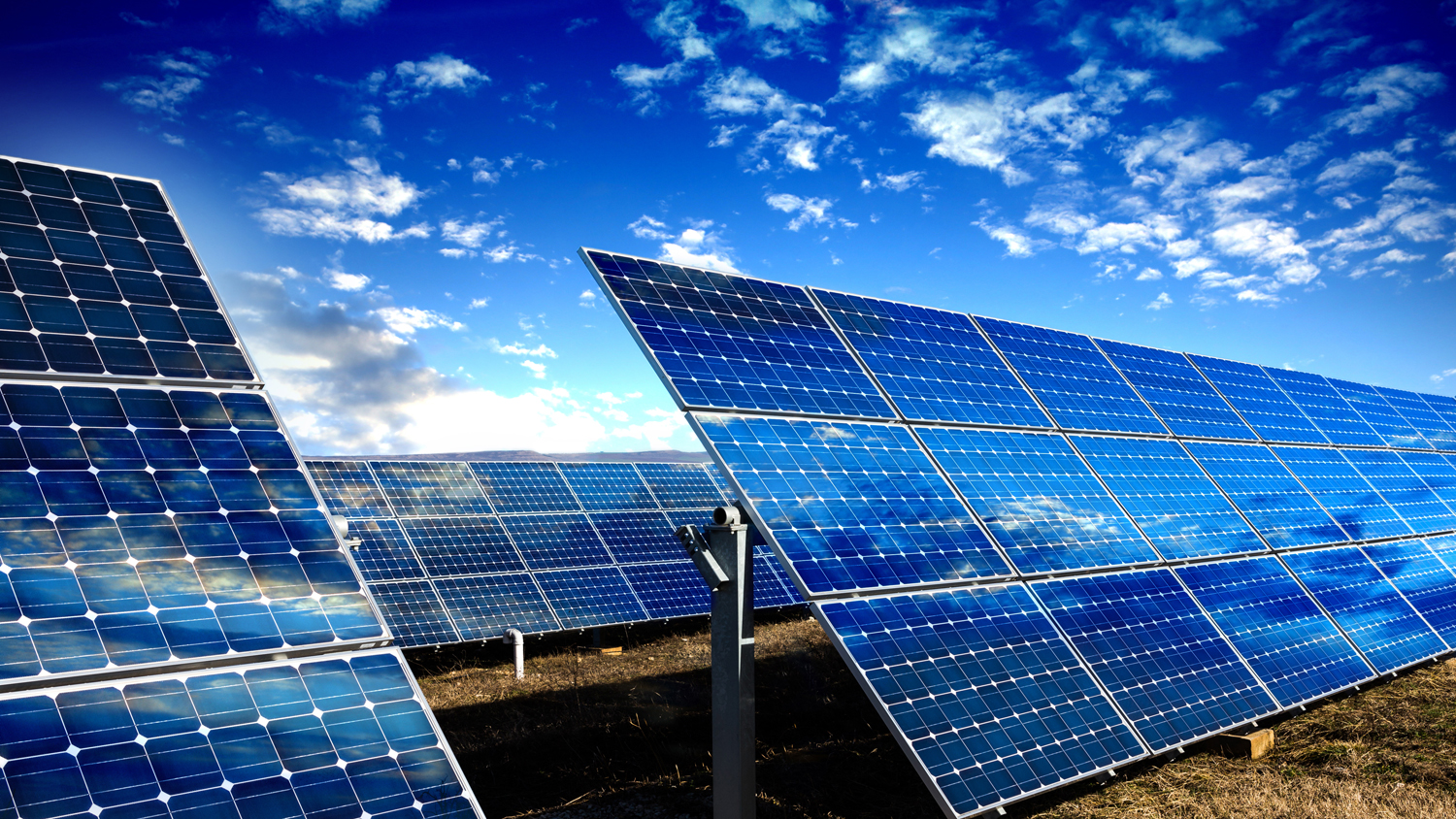The growth of renewable energy is driven mainly by two resources – sun and wind. Other forms play a role in specific regions, but tend to be more complex, less standardized, offer lower economies of scale and require larger investments to harness. Electricity from solar and wind should account for almost 50% of worldwide production by 2050 – the “50-by-50” model – while coal is predicted to shrink to just 12% compared with 37% today due to the possibility that coal may be banned or heavily taxed in future, as well as the fact that renewables are cheaper, cleaner and more sustainable long-term [3].
Despite considerable promise, however, long-term solar and wind growth will depend on the evolution of storage and distribution technology. Energy storage, most often with lithium-ion (Li-Ion) batteries, doubled in capacity from 2017 to 2018, exceeding 3 gigawatts (GW). While significant, it’s not nearly enough for future needs, and production will take a while to ramp-up.
Alternatives such as Germany’s “sector coupling” model – whereby electricity is used for heating, transportation and industrial production – effectively bypasses storage. It is considered a long-term solution towards achieving a carbon-neutral society by 2050 [4] without the hindrance of storage issues.
Clearly, the future is bright for renewable energy, particularly solar and wind. But with growth comes a proportional increase in risk and a need for solutions.




















